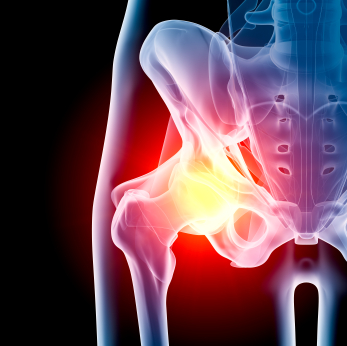A joint investigation into hip replacements by BBC Newsnight and the British Medical Journal has reported that doctors have been aware of problems and complications with metal-on-metal hip prostheses for a long time but that nothing has been done to stop them being used.
Metal-on-metal ball and sockets were the first ever type of total  hip replacement but suffer from a high failure rate due to rubbing between the two parts causing the metal to break which can cause complications. The report found that patients have been kept in the dark about the risks of these implants but Mr Warwick Radford, in his article for totalhealth first published in 2009, advised patients that:
hip replacement but suffer from a high failure rate due to rubbing between the two parts causing the metal to break which can cause complications. The report found that patients have been kept in the dark about the risks of these implants but Mr Warwick Radford, in his article for totalhealth first published in 2009, advised patients that:
Metal bearings wear less than plastic but still generate wear particles and also release metal ions which can cause inflammation and problems for a small percentage of patients... (Read more)
As a result of the report, Dr Susanne Ludgate, Clinical Director of the Medicines and Healthcare products Regulatory Agency (MHRA) proposed that advice to patients needs to be updated and that patients with the metal-on-metal replacements should be monitored for a minimum of five years after surgery.
For a quick guide and impartial advice on the different types of hip replacements, their risks and benefits, please click here.












